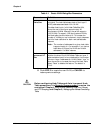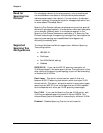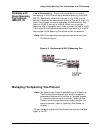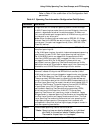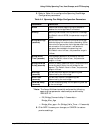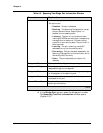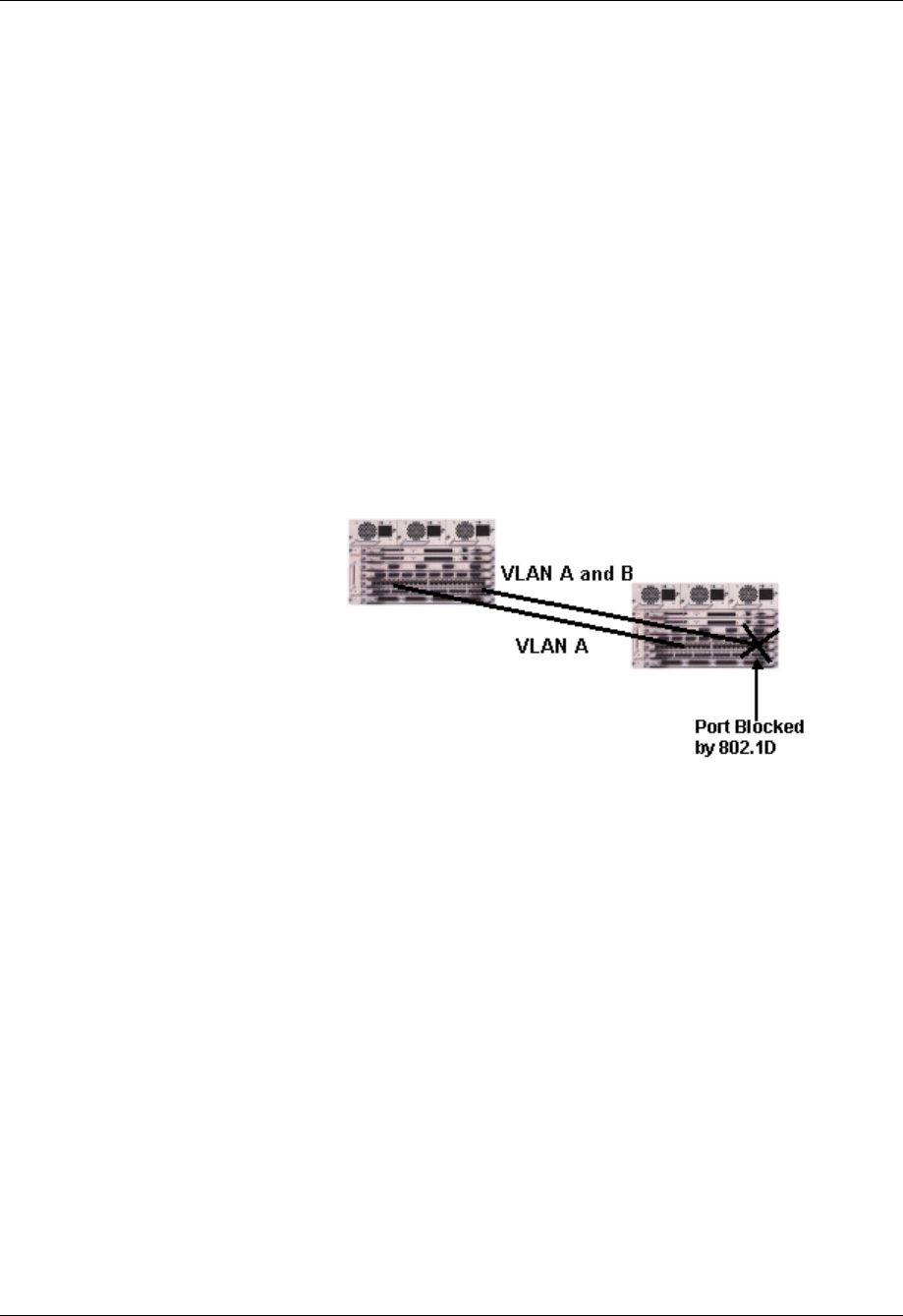
Avaya P550R, P580, P880, and P882 Multiservice Switch User Guide, Version v5.3.1 4-15
Using VLANs, Spanning Tree, Hunt Groups, and VTP Snooping
Problems with
Single Spanning
Tree Instance
IEEE 802.1D
Loss of Connectivity - There is a the potential for the loss of
connectivity of a VLAN when using standard Spanning Tree (IEEE
802.1D). Specifically when their is a loop in one VLAN, but not
another, that share the same physical ports. In Figure 4-8, there is a
loop in the physical connections between the two switches. This
loop is in VLAN A, but not in VLAN B. When running single
Spanning Tree, it is possible that in order to break the loop in VLAN
A that a port that is blocked causes a loss of connectivity in VLAN B.
Running per-VLAN Spanning Tree would correct the problem.
* Note: 802.1D configurations are typically used when only one
VLAN is configured.
Figure 4-6. Problems with 802.1D Spanning Tree
Managing the Spanning Tree Protocol
* Note: You should have a good understanding of the Spanning
Tree Protocol before attempting to setup management
parameters. Because of the number of “bridges” present
in a switched networking environment, Spanning Tree
Protocol structures can become extremely complex. For
more information, refer to "Spanning Tree Modes" in
Chapter 1.
You can manage the Spanning Tree Protocol using either the Web
Agent or the CLI.






